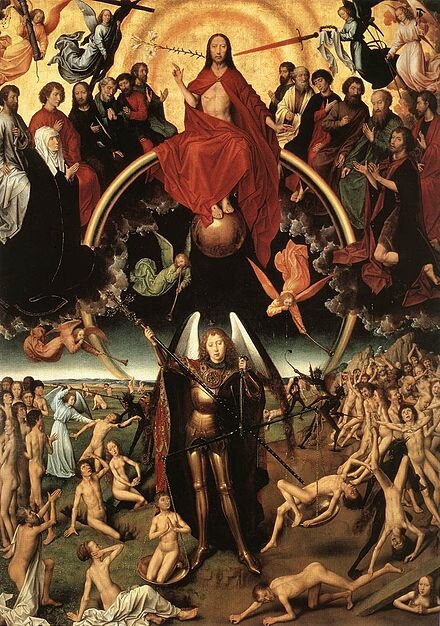Victoria's 6-voice setting of the requiem is one of the best (with Mozart, Brahms, Fauré, Duruflé, and Howells), and the Offertory movement is my favorite (beginning at 14:41). If you haven't heard the whole work, make sure to listen to the rest of this wonderful recording!
Campra's Requiem
Reflecting on All Saints Day, here's a gorgeous Requiem by Campra, one of my favorite French composers (who used female sopranos rather than boys in his sacred music)!
Victoria Requiem a4
In addition to his famous 6-voice requiem setting, Victoria also composed a 4-voice setting which is absolutely gorgeous (and not done as often)!
Musikalishe Exequien
Next up: Monteverdi, Gabrieli, Schein, and Schütz with Back Bay Chorale, including my perennial favorite, Schütz’ Musikalische Exequien! Read more below and then come hear the concert on Saturday night!
Music for the Requiem
With Halloween and the commemorations of All Souls and All Saints later this week, Early Music Monday looks at the music for the Requiem, frequently performed in concerts, at Christian funerals, and used for dramatic moments in movies!
Dies Irae and the Sibyls
“Dies irae, dies illa… teste David cum Sibylla.”
Day of wrath, that day, … as David witnessed with the Sibyl.
Wait … who exactly was this Sibyl? And why does she show up in the Requiem mass but not anywhere else in scripture or the liturgy? Early Music Monday continues with part 2 of Sacred or Secular this week!
Dies Irae
It’s Requiem season, so this week’s Early Music Monday takes a peek at the Dies Irae chant. Not only is it one of the most frequently used melodies in all of western classical music, the text walks a very fine line between sacred scripture and pagan imagery… but more about that next week!



